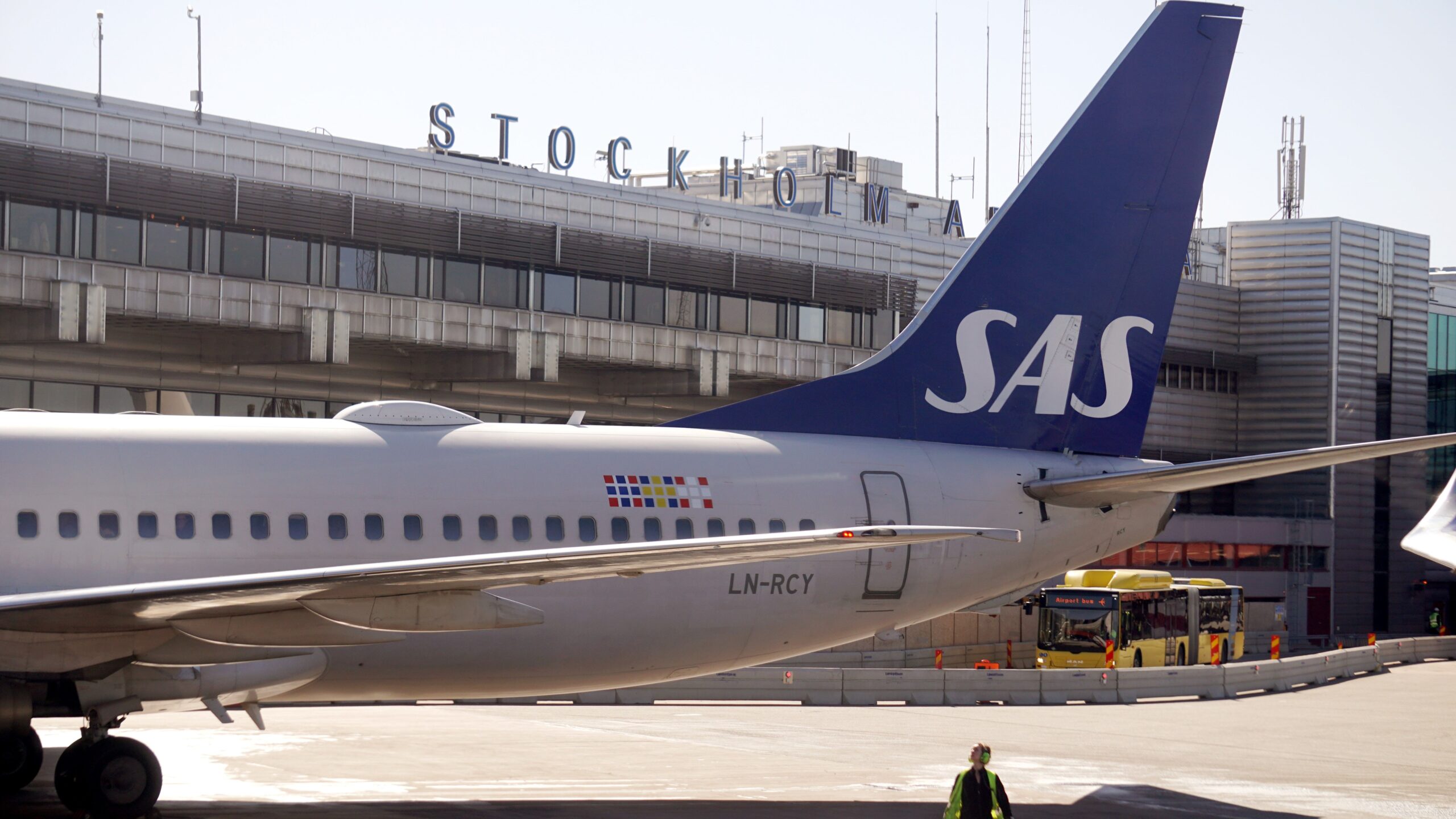Summary
- Stockholm has one airport per 243,888 inhabitants, much lower than London’s ratio of one per 1.46 million.
- Arlanda is Stockholm’s largest airport with 107 non-stop routes and 173,131 flights scheduled for 2024.
- Bromma Airport, the closest to the city, serves mainly domestic flights and faces potential closure for housing development.
When it comes to passenger traffic, the Swedish capital city of Sweden, Stockholm, is served by four different airports of varying shapes and sizes. Of course, this isn’t by any means the largest number to serve a given city, as London, for example, has six such hubs at its disposal. Multi-airport cities are rare in Sweden – for instance, Gothenburg’s second airport ceased handling commercial flights in 2015.
However, Stockholm’s relatively small population for a European capital city (just 988,943 residents at the end of 2023, per citypopulation.de) means that it has one airport per 243,888 inhabitants. Meanwhile, for London, with a much larger population of 8,776,535, this figure is around six times higher, at one per 1.46 million! Let’s take a look at Stockholm’s various airports and the roles they serve.
The intercontinental hub
The largest airport serving Stockholm, and indeed Sweden as a whole, is known as Arlanda (ARN). This three-runway intercontinental hub opened in April 1962, and serves today as one of the main hubs for the Scandinavian Airlines System (SAS). Additionally, Eurowings, Norwegian Air Sweden, and Ryanair have operating bases at the facility, which is also Stockholm’s only airport with long-haul routes.

Related
Air Canada To Expand Its Summer Network To Stockholm In 2024
Stockholm will be Air Canada’s second Scandinavian destination.
Photo: starfishe4ka | Shutterstock
The facility is home to four passenger terminals, numbered just like at the UK’s primary air hub at London Heathrow (LHR), from Terminal 2 through to Terminal 5. According to Swedavia, which owns and operates the airport, Arlanda’s longest runway (01L/19R) is some 3,300 meters (10,827 feet) long, with each of the facility’s other two strips (01R/19L and 08/26) stretching for 2,500 meters (8,202 feet).
In terms of its network, Swedavia notes that Arlanda “offers 107 non-stop routes, of which 87 are abroad and 20 are domestic,” as well as “many charter destinations.” Data made available by Cirium, an aviation analytics company, shows that, in 2024, 173,131 flights are scheduled to and from Arlanda, offering 28,869,821 seats and 26,496,428,411 available seat miles (ASMs). The top three airlines are:
- Scandinavian Airlines – 70,360 flights.
- Norwegian Air Sweden – 21,880 flights.
- Ryanair – 16,296 flights.

Related
Stockholm’s ‘Jumbo Stay’ Boeing 747 Hotel: 5 Things To Know Before Visiting
Learn more about this unique hotel built inside a jumbo jet.
However, for all of the operational merits that Stockholm Arlanda Airport offers to both airlines and their passengers, it isn’t as close to the city as some travelers might like. Reaching Stockholm requires a 20-minute train journey on the Arlanda Express, or 38 minutes on the Stockholms Pendeltåg commuter line. However, for passengers demanding closer proximity to the center, there is another option.
The city center option
Stockholm Bromma (BMA) is Sweden’s fourth-busiest airport, behind Arlanda, Gothenburg Landvetter (GOT), and Malmö (MMX), and it is situated a more convenient 7.4 km (4.6 miles) from the city. The compact site features a 1,668-meter-long (5,472 feet) runway. The facility opened in May 1936 as Stockholm’s first airport, and it was the first one in Europe to have paved runways from its first day.
Much like London City Airport (LCY), where passengers compromise between a smaller network portfolio and greater geographical convenience, Stockholm Bromma Airport doesn’t have as many routes as Arlanda’s intercontinental offering. Indeed, nowadays, the majority of the facility’s flights serve domestic destinations using regional aircraft, operated by regional carriers such as Braathens and Nyxair.
That being said, Finnair does also offer international services in the form of its flights to its hub at Helsinki Vantaa Airport (HEL), making it the only carrier to serve both of Stockholm’s two busiest airports. Brussels Airlines used to serve Bromma on an international basis as well, but the Belgian flag carrier switched to Arlanda in 2023. Overall, the airport has 21,880 flights scheduled this year, which will offer:
- 1,734,080 flights.
- 430,533,048 available seat miles.
The proximity to the city and residential neighborhoods means that, as Swedavia notes, “only the very quietest, most environmentally friendly aircraft may land at Bromma.” In any case, its days look to be numbered, with the Swedish government confirming its intentions to replace the airport with housing in 2021. Later that year, Sveriges Radio reported that its closure could occur between 2025 and 2027.
Low-cost bases further away
Stockholm is served by a further two commercial airports, or at least airports with Stockholm in their names. After all, what would a major European city be without a low-cost hub (or two, in this case) that is questionably far away from the place it claims to serve? A recent referendum saved Västerås (VST) from closure, meaning its three Ryanair routes (London Stansted, Alicante, and Málaga) will continue.
Västerås is situated some 110 kilometers (70 miles) to the west of Stockholm. Meanwhile, Skavsta Airport (NYO) is a shade closer, at 100 kilometers (62 miles) southwest of the Swedish capital. According to the Swedish Transport Agency, this is the country’s seventh-busiest airport by passengers handled, with just over 685,000 paying guests passing through its departure and arrival facilities in 2023.
In terms of this year, Cirium’s data shows that Ryanair has scheduled 456 flights to and from Stockholm Västerås Airport in 2024, offering collective grand totals of 87,960 flights and 116,320,992 ASMs. Meanwhile, Skavsta’s 2,149 flights will provide 445,836 seats and 444,717,412 ASMs. Wizz Air accounts for some 1,632 of these flights, with Norwegian Air Sweden operating almost all of the rest.
How many of Stockholm’s airports have you used? Do you have a particular favorite? Let us know your thoughts and experiences in the comments!



